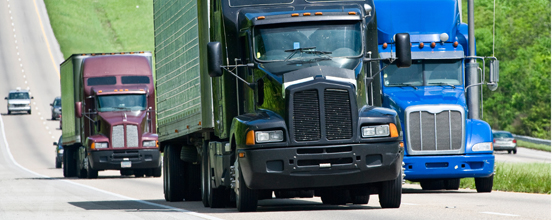In a dynamically changing marketplace, the need to be faster and more agile has become an organizational imperative. Since change is inevitable, an organization’s transformation strategy has to be taken into account when designing a winning business model.
As we point out in our book, Mastering the Cube, one of the most challenging things facing leaders is this reality: while strategy is aligned to the future, capabilities are aligned to the past. To become successful at something, an organization must set up and develop specific capabilities to do that thing. Most organizations are set up for and are aligned to do almost exclusively what they are currently successful at doing. When organizations, in response to changes in the marketplace, decide they want to venture in a new direction, they often run into challenges because they are not aligned for this future goal. That dissonance can be modest or extreme, depending on the situation.
To ensure resiliency in their organizations, it’s important for leaders to design business models that are not only competitive, but also fast and agile enough to adapt quickly to changing strategic goals when necessary. Should you find yourself in a place where your strategy takes you left instead of right, you do not want to have a business model that is so aligned with the past that it’s a hard to make that switch.
Uber: A Case Study in Resilient Design
A great example of a company that has done an excellent job of creating a fast, flexible business model is Uber. Uber offers just a different, simpler alternative to the traditional taxi service, allowing users to simply get out of the car and walk away at the end of their ride rather than having to hassle with payment on the spot when they are under pressure to get somewhere. However, here’s the irony: Uber’s biggest potential may have nothing to do with ride sharing and the ruin of the taxi industry in major cities. It may have more to do with helping truck drivers and freight companies utilize the underused capacity in the logistics and trucking space around the world.
Perfect efficiency calls for running trucks full all the time. However, in the real world it’s not uncommon for a driver to make deliveries with a full truck and come back empty. Some companies may be able to minimize deadhead miles for their fleets, but many just need to ship their goods out, and end up paying for empty return trips because there’s nothing to ship back.
There are whole businesses created around the issue of identifying unused trucking capacity and offering it to people who need it. It’s a great model because it benefits everyone involved: drivers, shippers, and receivers, as well as the environment. However, Uber Freight has a huge advantage in this space because the same processes and technical capabilities that worked in the personal ride sharing space can work in the trucking space too. All Uber had to do in their organization transformation strategy was tweak their existing platform to start doing this work in the freight industry virtually instantly.
And that’s not the end of it. From trucking, Uber could easily apply its business model and capabilities to air freight, trains, seagoing vessels, and so on. Yes, there are complexities to work out, but the point is Uber’s business model and platform are scalable and agile. These significant strategic opportunities arise from a business model that is flexible, scalable, and agile.
Questions to Encourage Resilient Design
The imperative for alignment leaders is to design their business models to be agile and flexible enough to pivot as market needs change. Adopting such a business model allows an organization to easily go in a new direction rather than investing in limiting capabilities that require the organization to stop what they’re doing and refocus resources before they take on new work.
Asking these questions will help leaders clarify how best to achieve resilient design in their organization:
- How can an organization anticipate the needs of customers to determine potential directions for the business? Once you solve a problem for a customer, consider the next problem they are likely to have. For example, when I book an airline ticket, the agent always asks, “Do you need a rental car or a hotel room?”
- How can your strategic capabilities be leveraged across multiple markets and/or customer needs? If I can match riders to drivers, why can’t I also match shippers with truckers?
- How can you design your business model to be digital and scalable, so that changes can happen as instantaneously and in real time as possible? For example, an acquaintance told me recently about a friend of theirs who bought a Tesla car. Shortly after driving it home, the car began to have all sorts of problems—locks not working and so on. My friend asked, “Did you have to take it in and get it fixed?” “No,” was the emphatic answer from the Tesla owner. “I just called in, the technicians pushed through a software update and everything’s working fine now.”
Creating an agile business model in advance of the need for change is a smart move for any organization in today’s rapidly changing marketplace. While you can’t anticipate exactly what sort of change might be called for or what direction you may need to take, building speed and flexibility into your organization is a proactive organization transformation strategy that will help it stay resilient in the face of adversity and able to take swift advantage of opportunities as they arise.

